You are viewing ARCHIVED content published online before January 20, 2025. Please note that this content is NOT UPDATED, and links may not work. Additionally, any previously issued diversity, equity, inclusion or gender-related guidance on this webpage should be considered rescinded. For current information, visit https://www.blm.gov/blog.
Imagining the new reality
It’s the peak of field trip season for the BLM Campbell Creek Science Center. The woods should be full of the sounds of kids and parents discovering stuff like why karate is not the preferred first line of defense against bears and how window-screen clogging cottonwoods help make great fish habitat in streams.
Then Alaska began sheltering in place.
Across the state, schools are closed, field trips cancelled, and social distancing has become the norm.
The actions taken to thwart the spread of the COVID-19 virus, itself a little piece of nature, forced major changes to BLM Alaska’s normal approach to everything from land transfers to public meetings in order to continue serving Alaskans. Fortunately, the agency was already working to make education resources accessible to more Alaskans than ever before.
“Providing natural resources education to Alaskans drives our Anchorage-based science center staff, who already had plans ready to go when this pandemic hit,” said BLM Alaska State Director Chad Padgett. “They’ve already been using distance learning tools to share resources with Ketchikan and Unalakleet schools. Their foresight and thoughtfulness made nature education specifically tailored to Alaskans more accessible than ever, and there’s a lot more to come.”
Nancy Patterson is the manager for the Campbell Creek Science Center. She and the CCSC staff have decided if the kids in Alaska can’t come to the BLM, the creative imaginations of her staff will bring outdoor education to the kids.
“I really like looking for opportunities,” Patterson said optimistically. “Sometimes when our world is thrown into chaos, it disrupts traditional systems — the way we think of the world is no longer the way the world is — and it makes it easier to think creatively and act on that creativity.
“What I’m most excited about is that our team very rapidly understood what we needed to do and why we needed to pivot our work. We already had a framework in place. That makes it faster to adapt and provide education resources for Alaskans.”
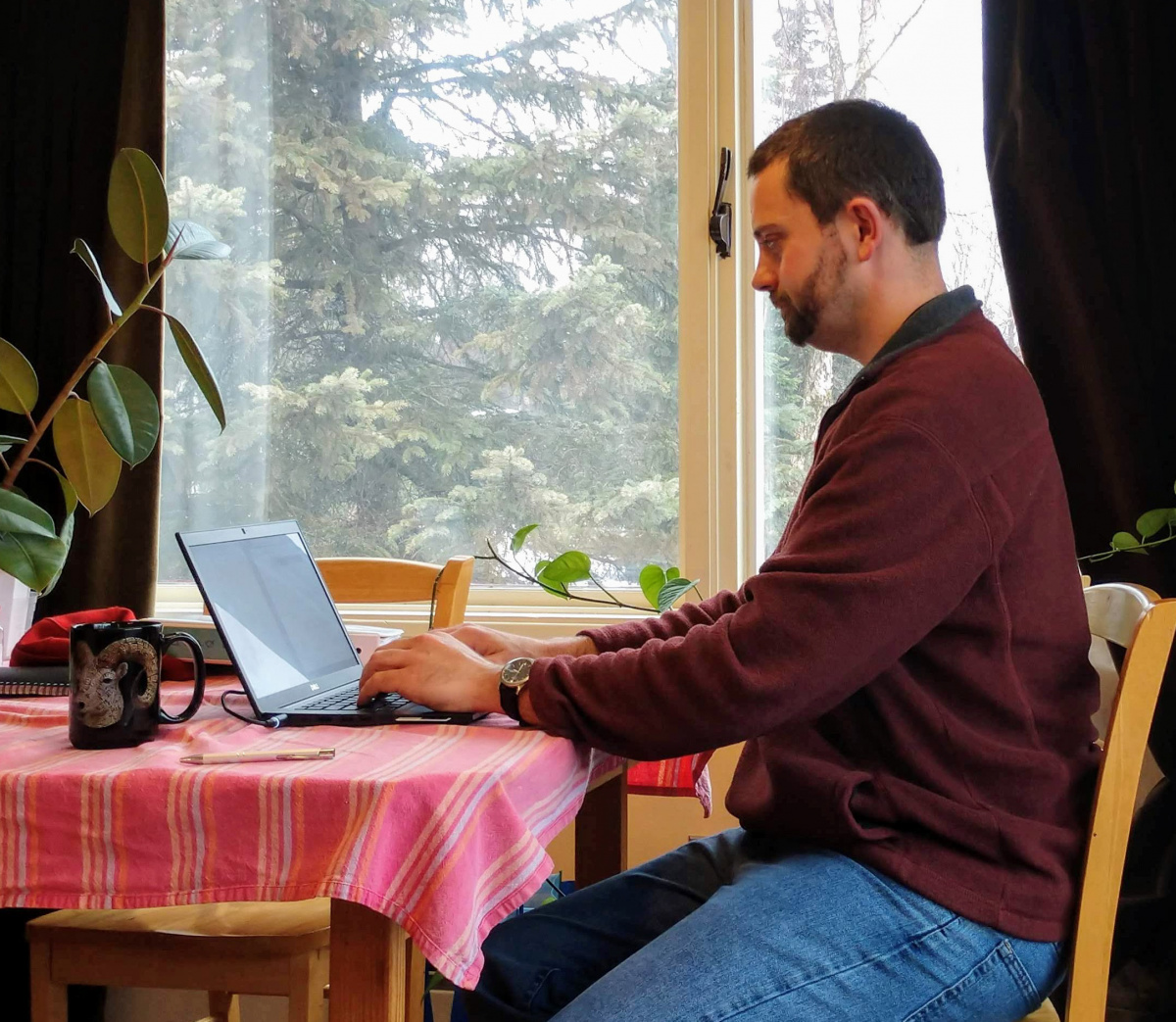
Patterson’s team immediately started gathering and creating nature learning activities for families to engage in at home. They created lesson plans for online classroom teaching, and they’ve continued to incorporate Agents of Discovery™, a game similar to PokemonGo™, for use on Campbell Tract. The app uses a technique called augmented reality, where a game feature is superimposed on the player’s device’s video live feed. Unlike the better-known game where players try to capture fictional monsters, in Agents of Discovery™ people try to discover natural points of interest.
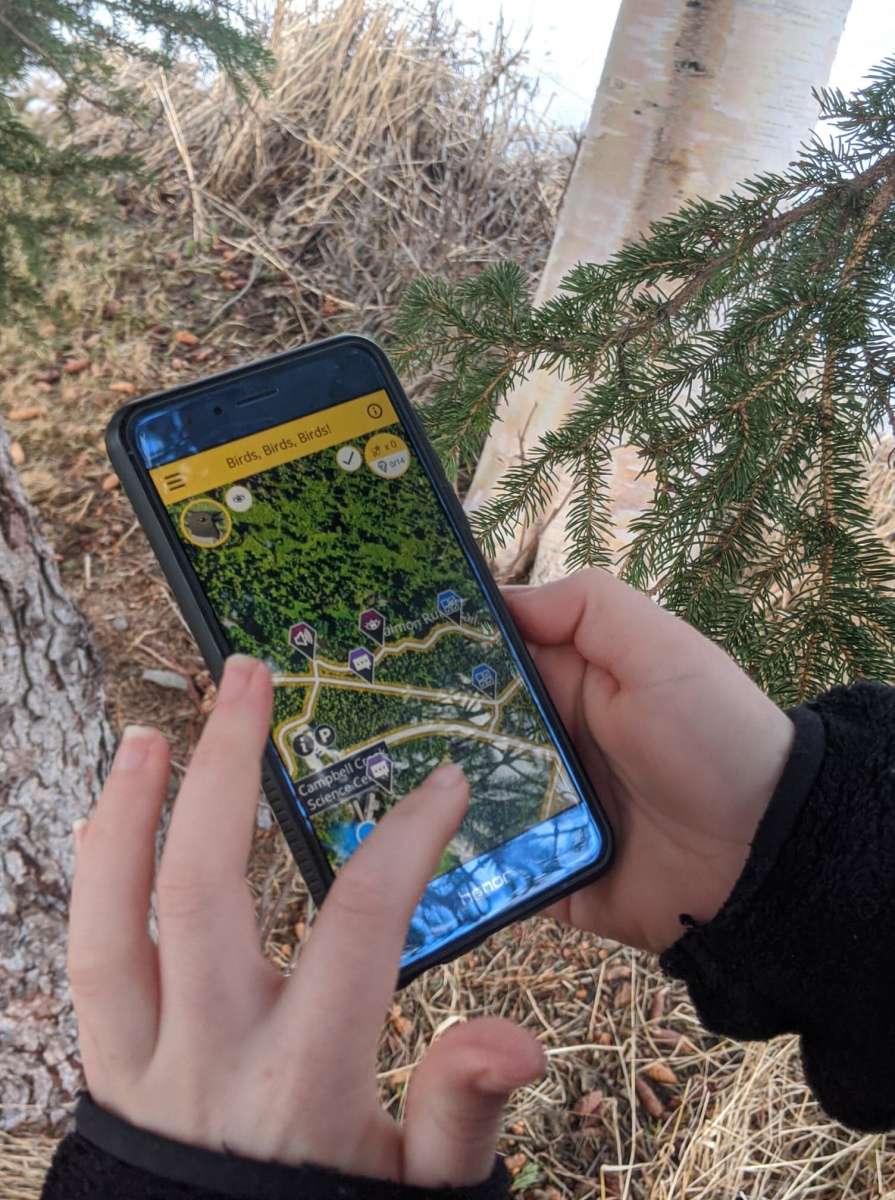
Several other activities, like Nature Bingo and ‘mindful moments prompts,’ involve a more tactile approach, and many of the materials available are appropriate for adults as well as kids. Anything to get people out and enjoying nature on public lands (socially distanced, of course) or in their backyards.
“We believe in the power of nature,” Patterson explained, “Scientific studies have shown just 20 minutes a day in nature reduces stress and cortisol levels. It’s extremely therapeutic and restorative. Plus, it’s fun to explore outside.”
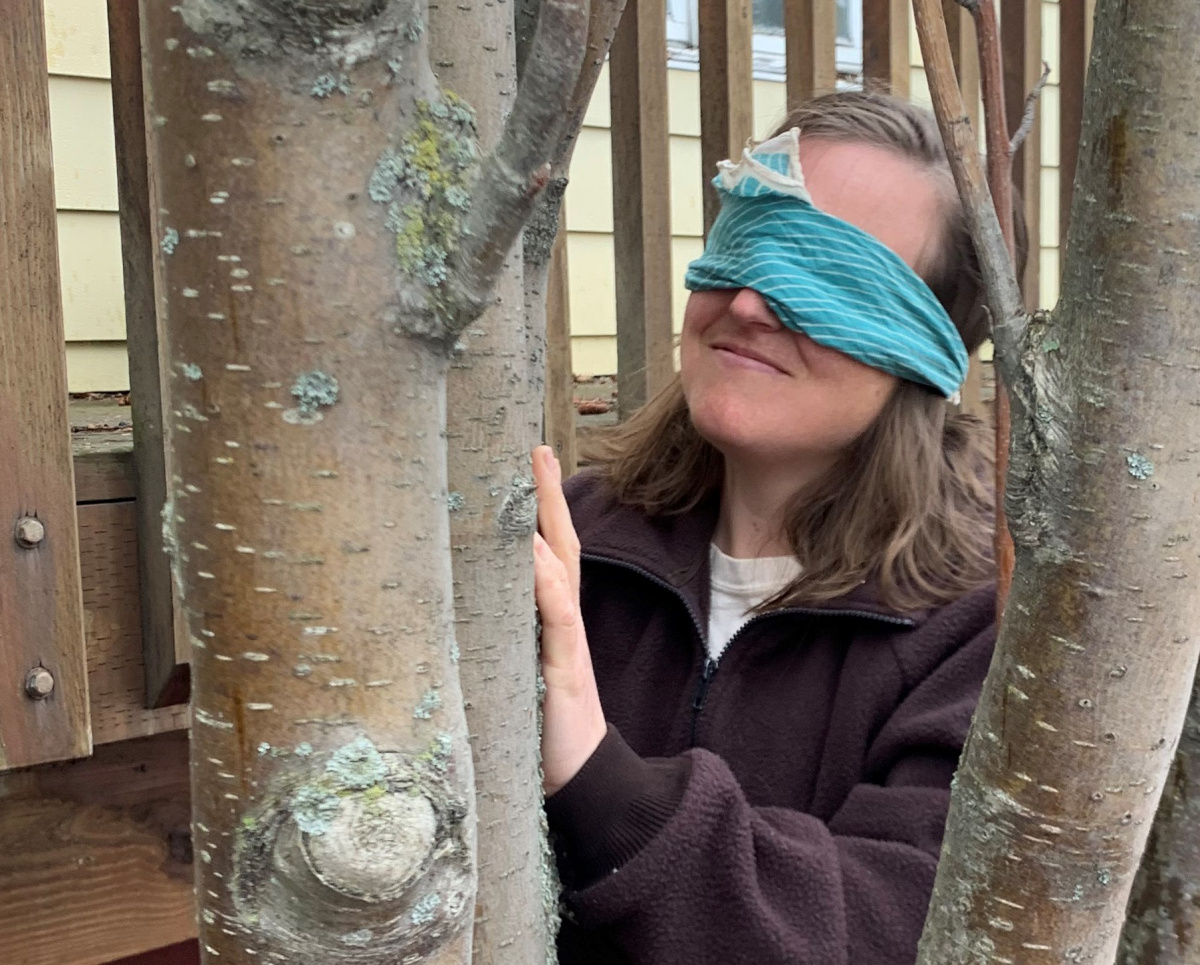
Patterson also said she’s been hearing from parents, teachers and children that these resources are needed, especially Alaska-based resources.
“It gives them something [other than COVID] to think about,” Patterson continued, “it gives them some hope, and it helps them stay connected in their existing environment.”
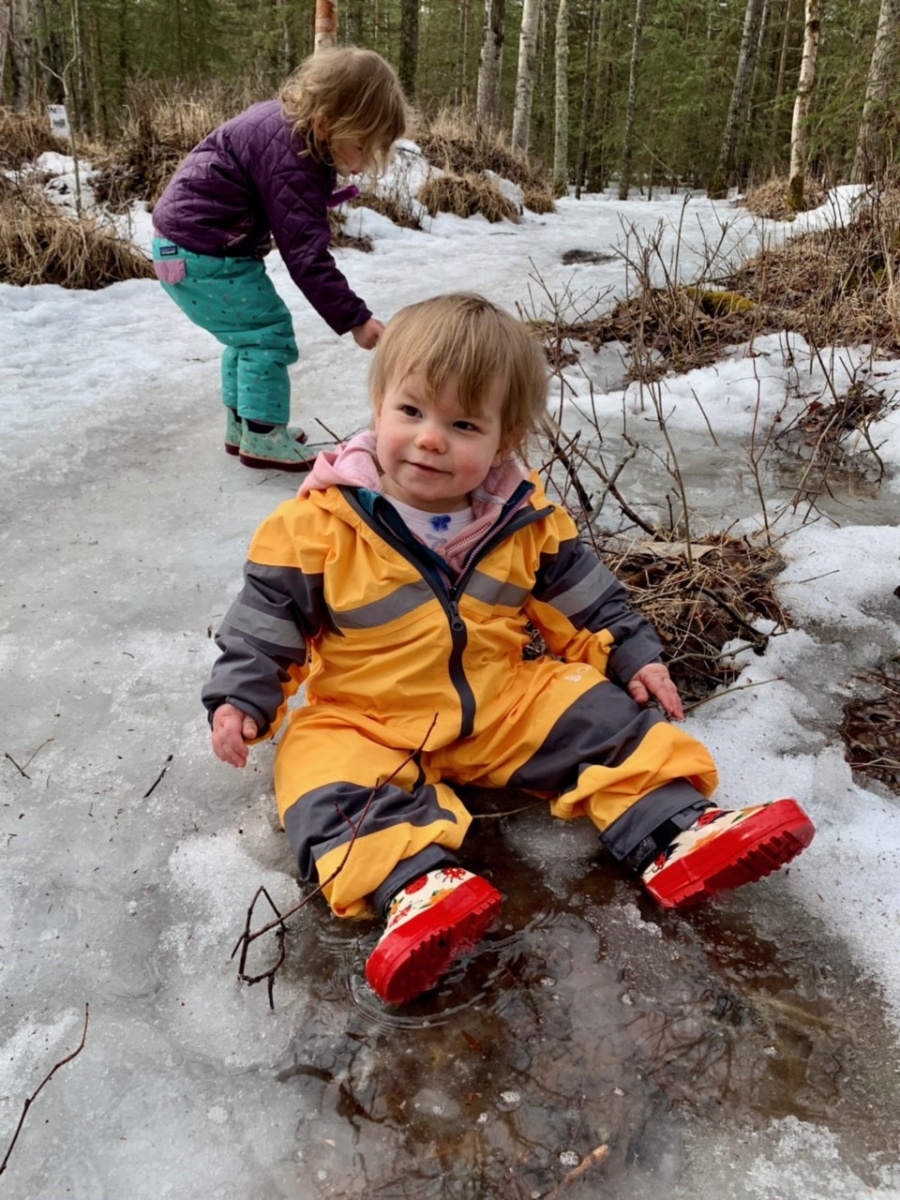
“We loved the mindfulness walk,” mom Zoé Styron said. “We stopped and listened and looked for colors and breathed. Really appreciated the prompts to pause and appreciate different aspects of the walk especially with the girls. Freya enjoyed it because she can identify sounds and colors etc herself.” Photo by Zoé Styron.
But what about interacting with classes full of kids? Aside from being the staff’s favorite activity at the Science Center, it is a major part of their mission. Now that the schools have gone virtual, is the Science Center?
“We’re prepping to help with [virtual classroom settings],” Patterson said. “The feedback we got from the Alaska Department of Education and the Anchorage School District is to wait on digital learning so schools have time to transition. So instead we’ve started making learning activity sheets for the website. Since not all kids have internet access, we’re also collaborating with schools to provide Junior Ranger packets and printed activity sheets for students.”
They’ve reached out to other schools and districts in the state to see how they can help. From those conversations, the Science Center staff have started to break down their field trip lesson plans into modules so they can do a 30-60-minute online lesson with students.
They’re also teaming with the Bureau of Land Management’s National Training Center and BLM Alaska state office to incorporate Zoom™ and other online applications to better reach out to students and classrooms.
Since the impacts of the pandemic started in Alaska, the Science Center has seen their social media traffic increase by as much as 111%, so there is a need for more online interaction.
Patterson said it’s really important to look for the opportunities amidst the challenges and to maintain a sense of calm in the chaos.
“When we’re able to switch directions and stay focused on the mission,” Patterson expanded, “it produces internal calm, both at an individual level and as an organization. Right now we’re delving into that world of digital resources, and hopefully we’ll be able to think even more creatively about how to present information.”
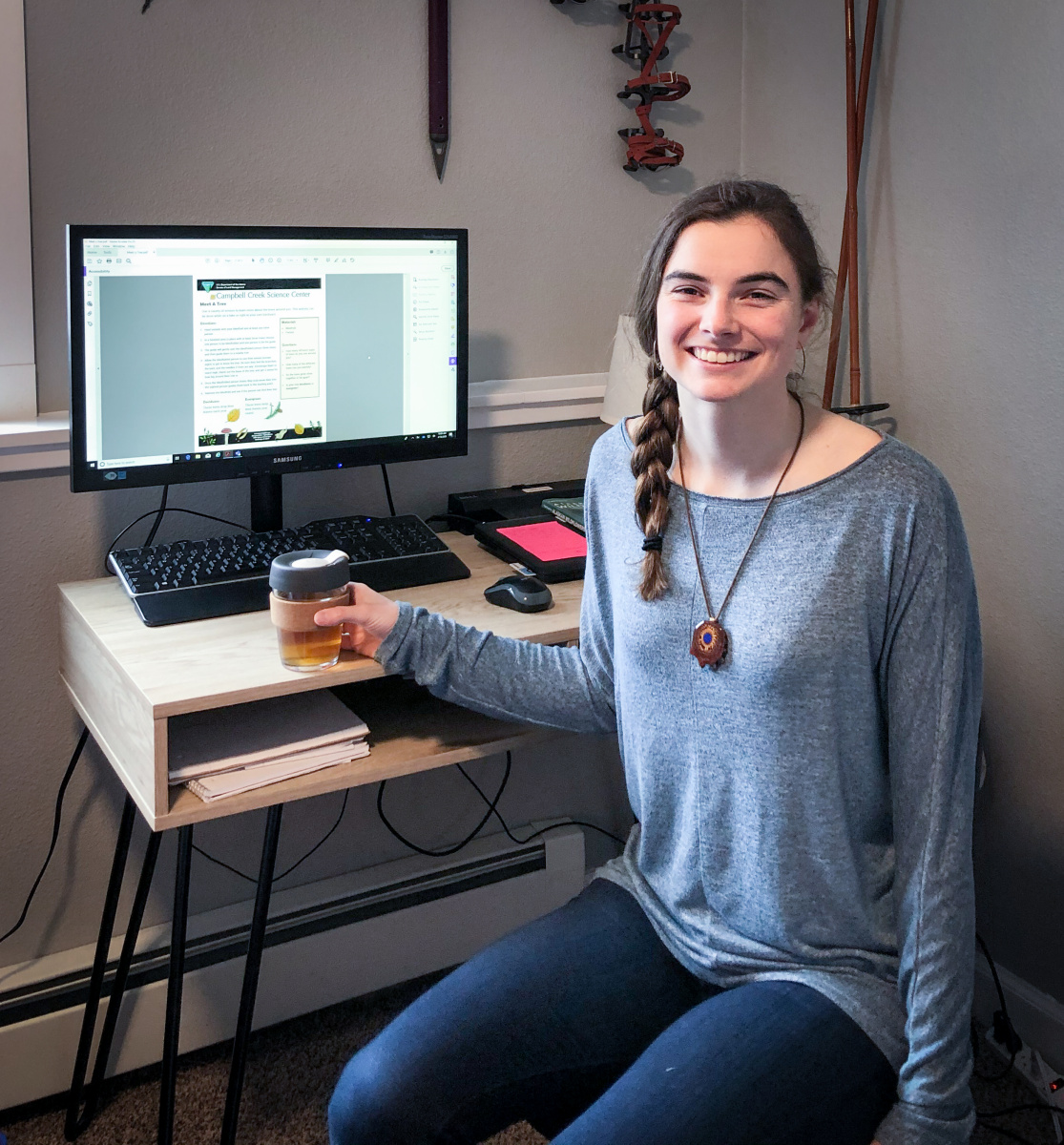
Patterson said she and her staff are always willing to talk with educators, home schoolers, parents and students about outdoor activities and any ideas about lesson plans that may be needed. For more information about the science center or to see what they have available, go to the Campbell Creek Science Center website. Also, don’t forget to stop by the BLM Alaska Facebook page to keep up to date on new nature learning resources.
James Hart, Public Affairs Specialist
Related Stories
- Using science to uncover mysteries of the Mesa archaeological site in Alaska
- Inspiring Future Land Stewards Through STEAM
- When the awards don't matter
- Virtual adventures await: Discover six BLM public lands you can tour from anywhere
- Partnership drives ongoing habitat restoration in Muddy Creek watershed
Office
222 W 7th Avenue #13
Anchorage, AK 99513
United States
